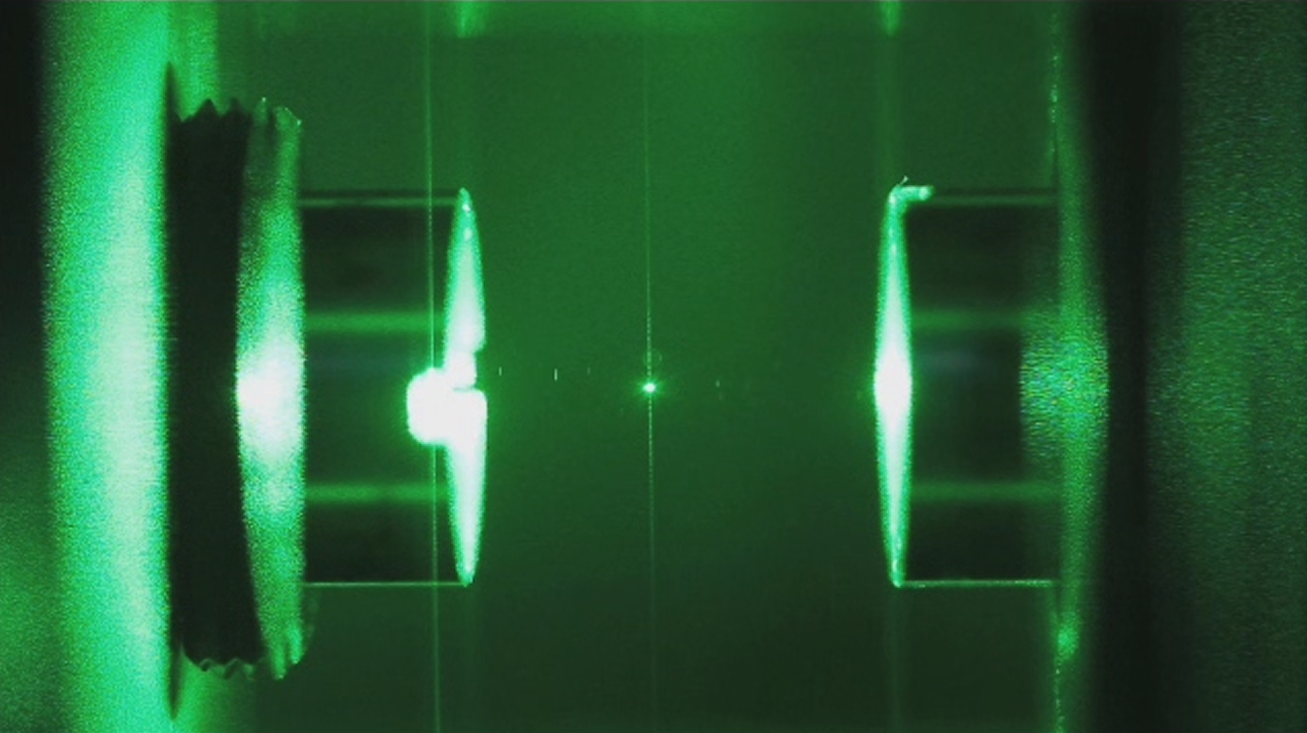We can't have a future with quantum computers without quantum mechanics
Scientists are building physical platforms for memory, computation, and networking — all things we need for quantum computing to be possible
Kevin Ku on Unsplash
A future with quantum computers and quantum networks requires a diverse set of technical tools. Like the classical computers we use every day, we need physical platforms for memory, computation, and networking. Unlike classical computers, however, these platforms need to be quantum-mechanical (read: very small and very cold).
The verdict is still out on which physical platforms will work best for quantum computing, but scientists are making breakthroughs on the more promising ones. Just this year, a group in the UK coupled a single ion (charged atom) to a very strong light field for the first time. They achieved what atomic physicists call the “strong coupling regime,” where the ion is more likely to interact with the light field than to lose energy and information to the rest of its environment.

Here's a glass nanoparticle suspended in an optical cavity to help you picture what scale these scientists are working at.
By James Millen (UCL Physics & Astronomy at Wikimedia Commons
These physicists achieved the strong coupling regime by putting the trapped ion in an optical cavity: two mirrors facing each other that trap light for a number of round-trip reflections. The smaller the volume between these mirrors, the stronger the coupling between the light and the ion. By using optical fibers as mirrors, they were able to make this volume very small.
Light-ion coupling is exactly the sort of effect that will allow scientists to create quantum networks. To send quantum information between quantum computers, we can send photons with specific quantum states through optical fibers. However, optical fibers aren't perfect — photons lose information as they travel large distances.
By putting a strongly-coupled ion in an optical cavity at each of these nodes, we can transfer quantum states from an incoming photon to the ion and back to a new photon to send on its way. The advances in this paper increased the efficiency of an important step in this procedure (heralded entanglement) by a factor of 1,900 compared with previous iterations.
With a total efficiency of only 1.7%, however, there's still a lot of work to be done before the age of practical quantum networks.




















